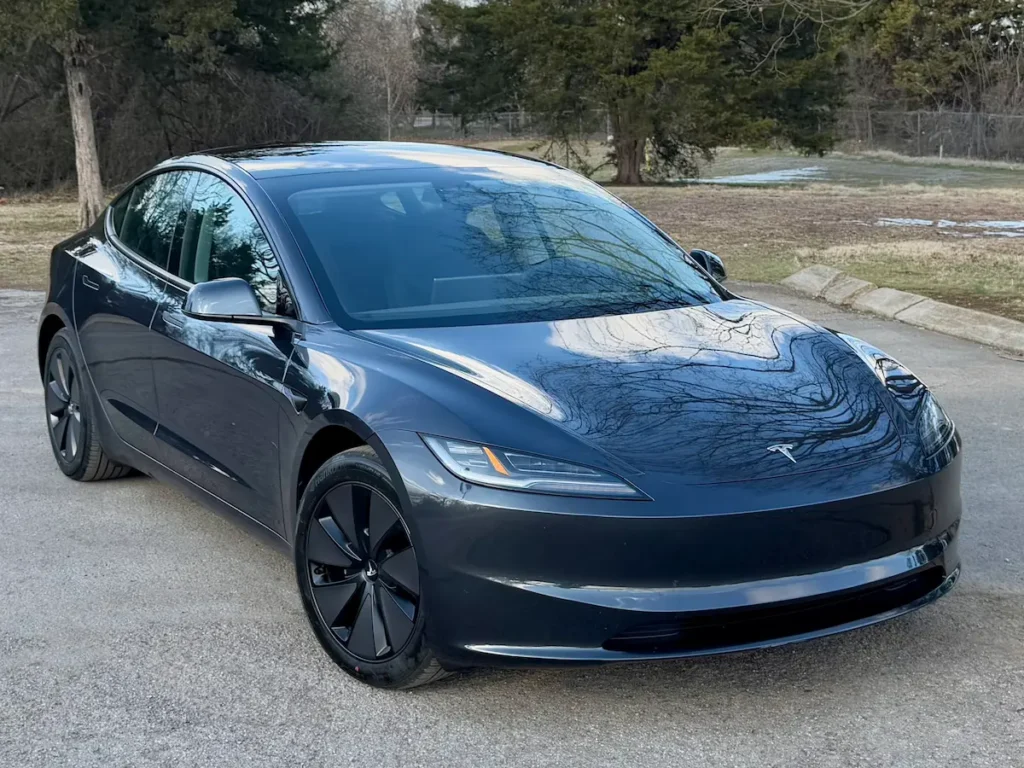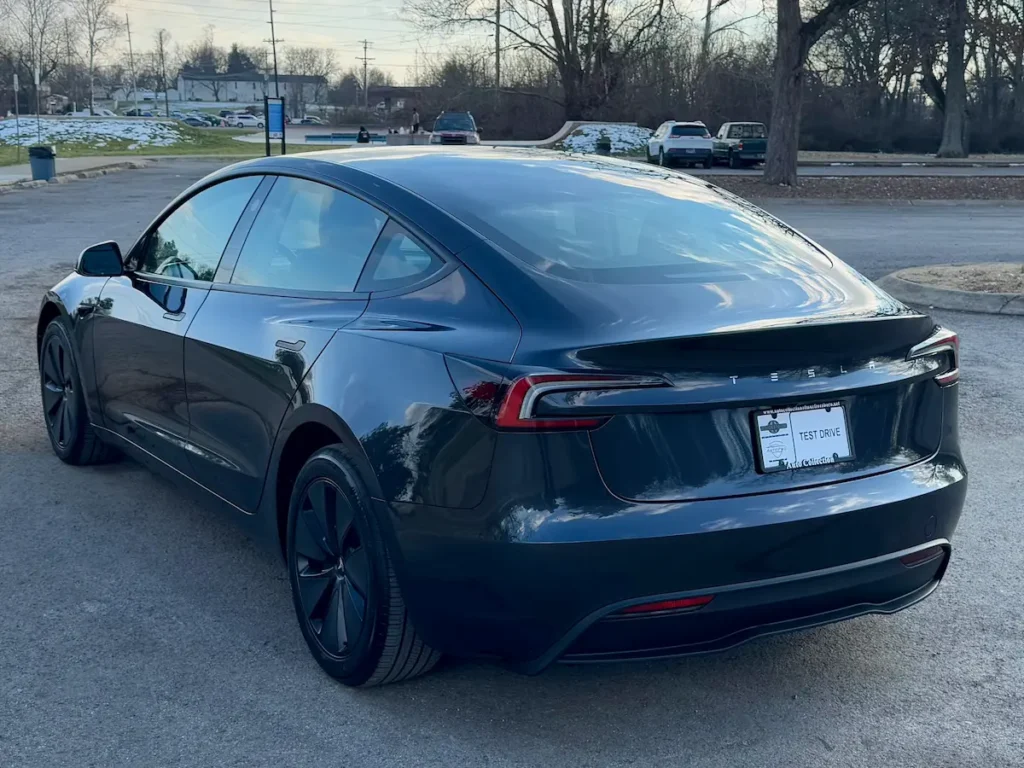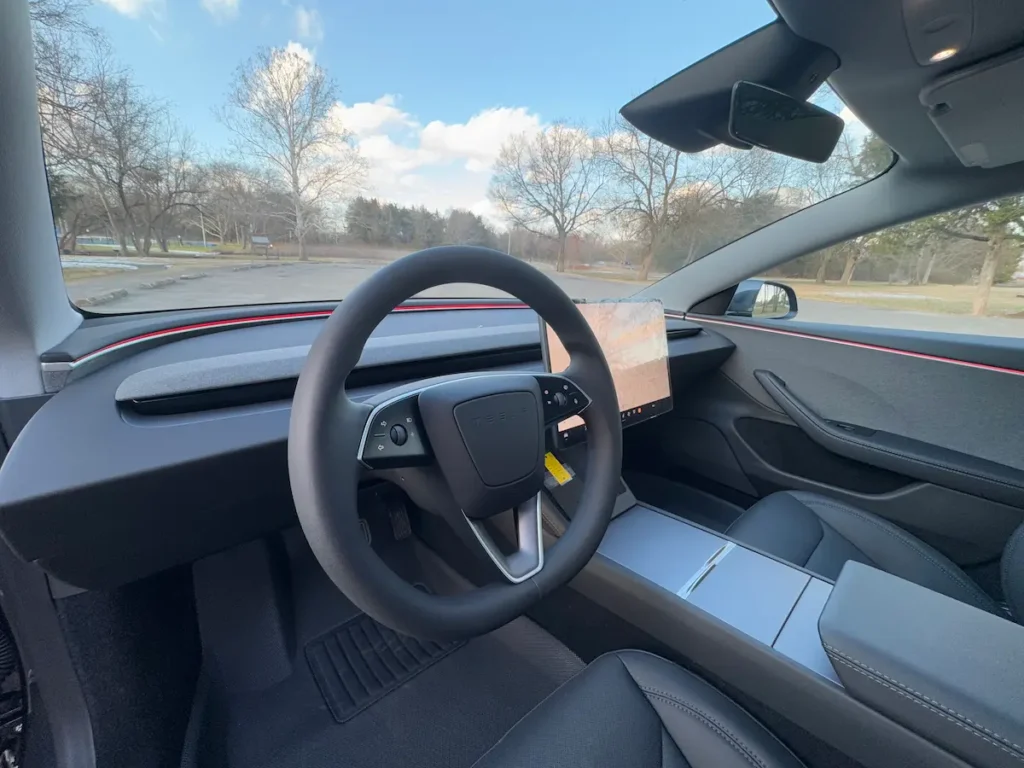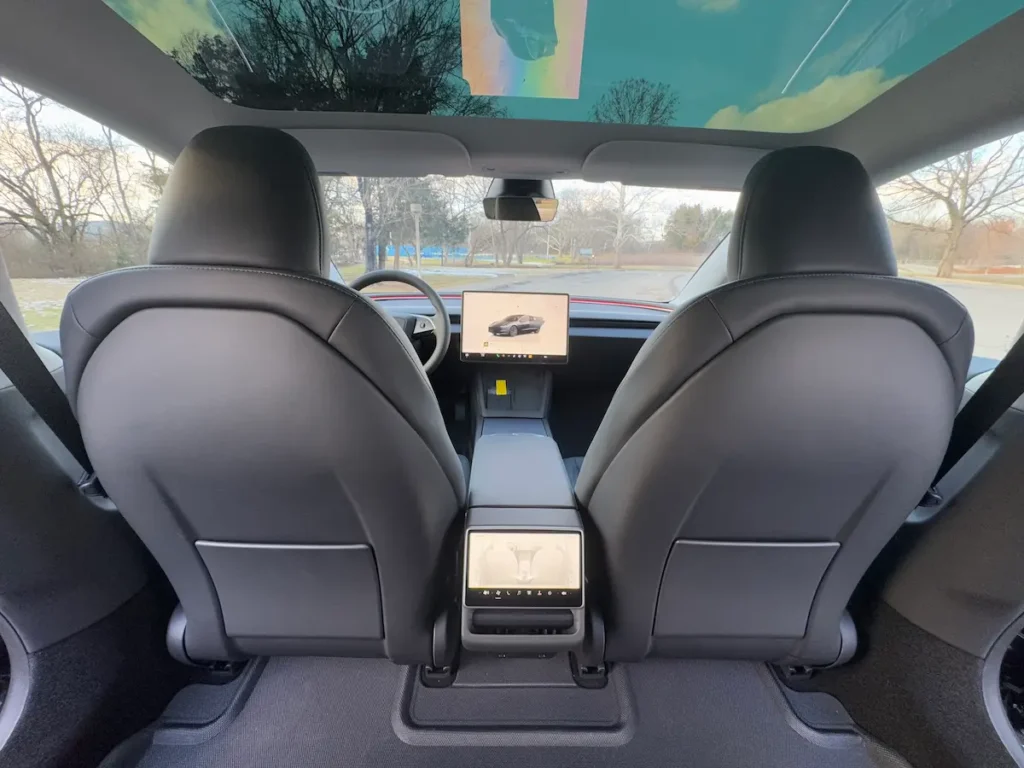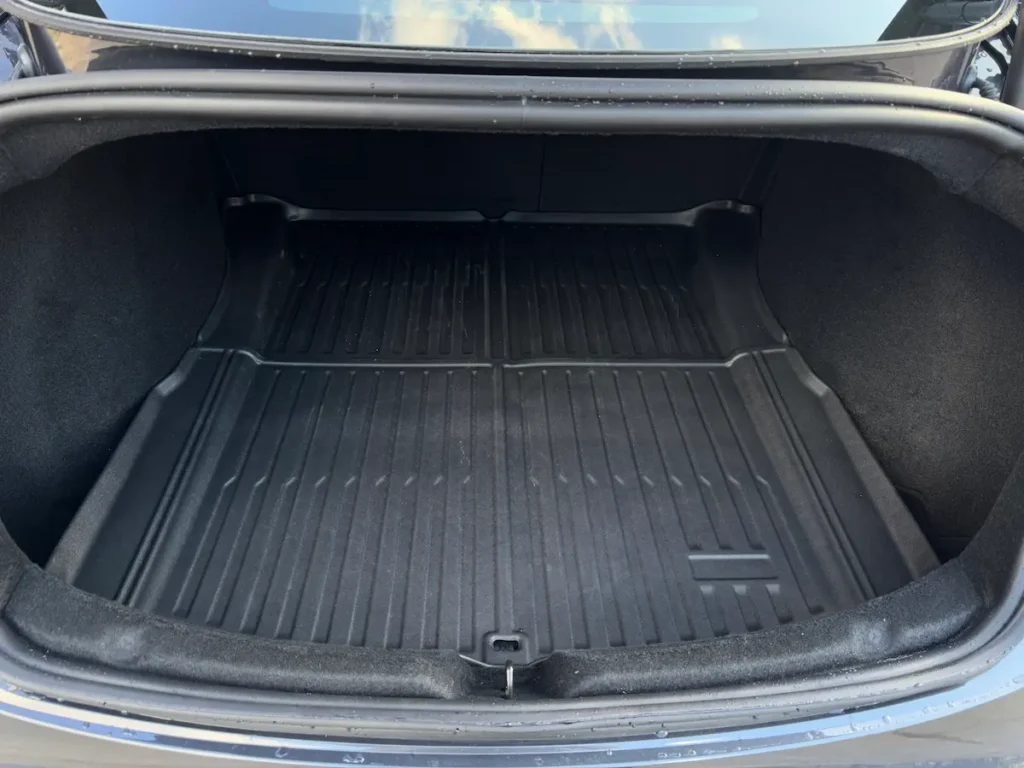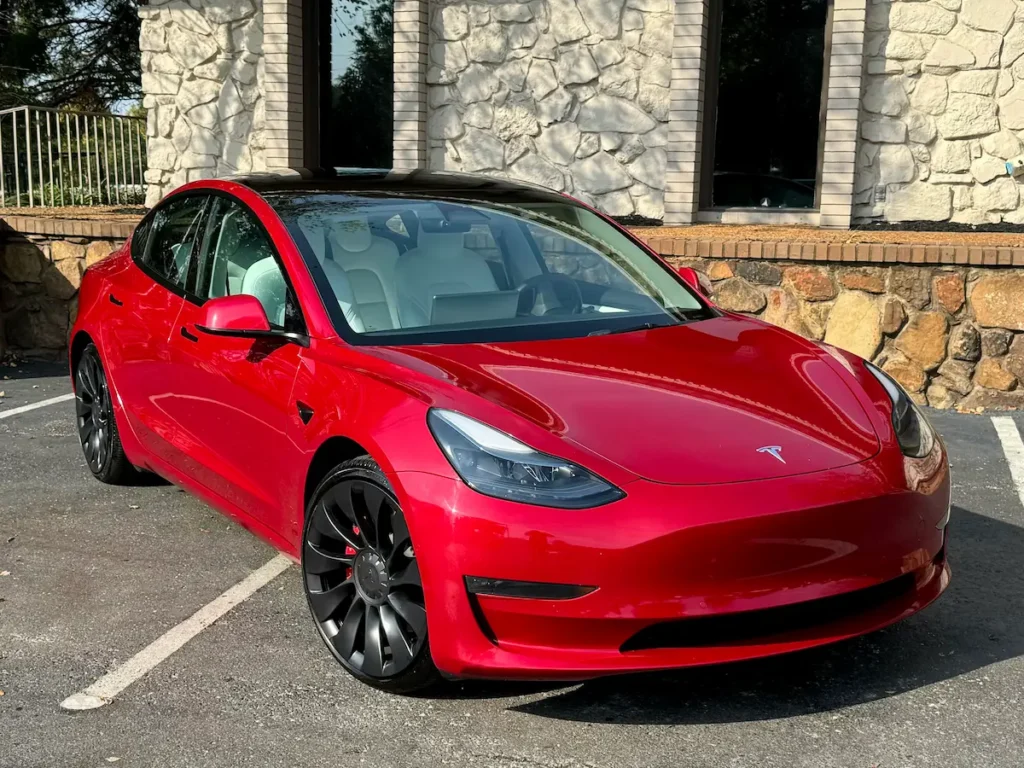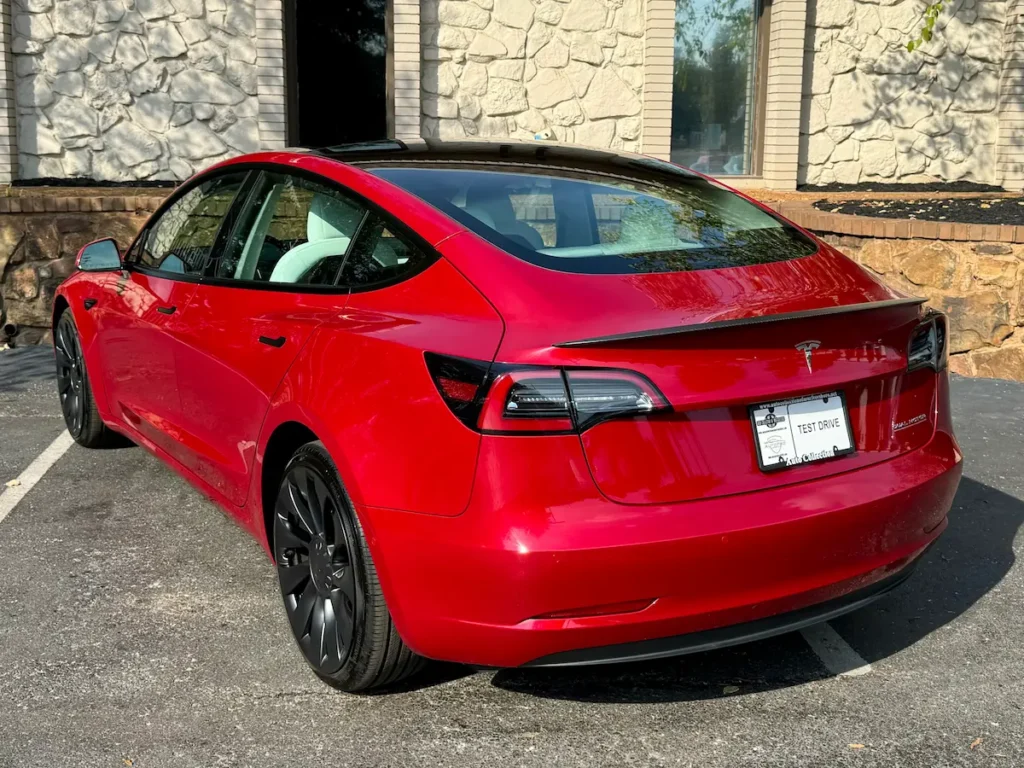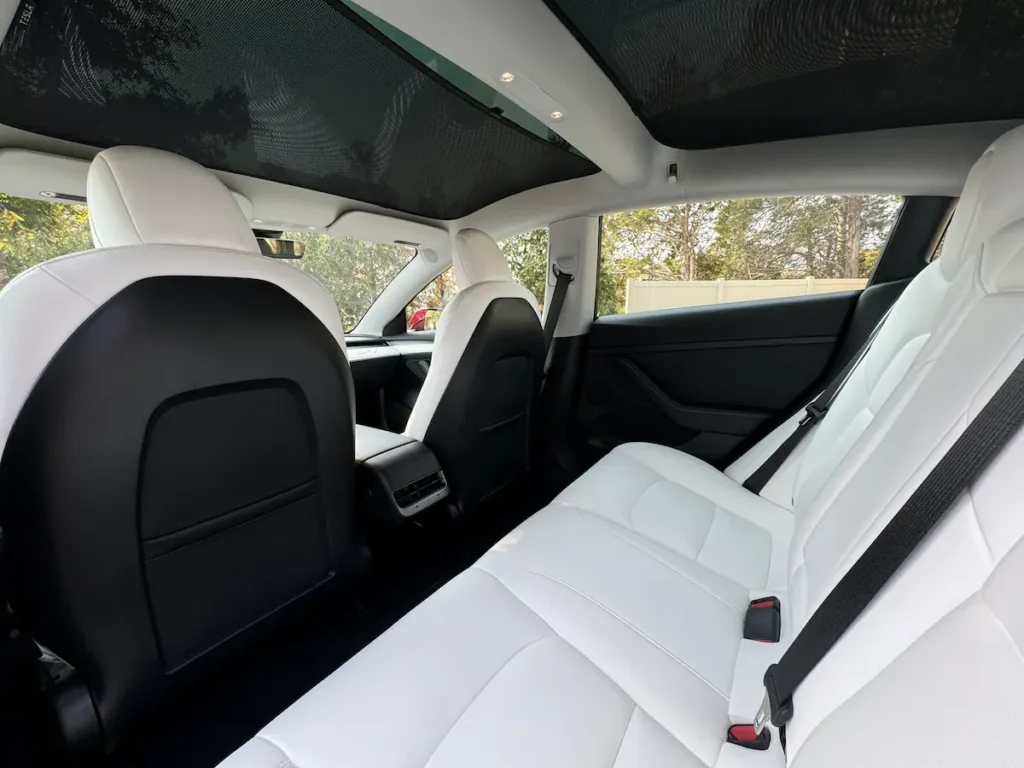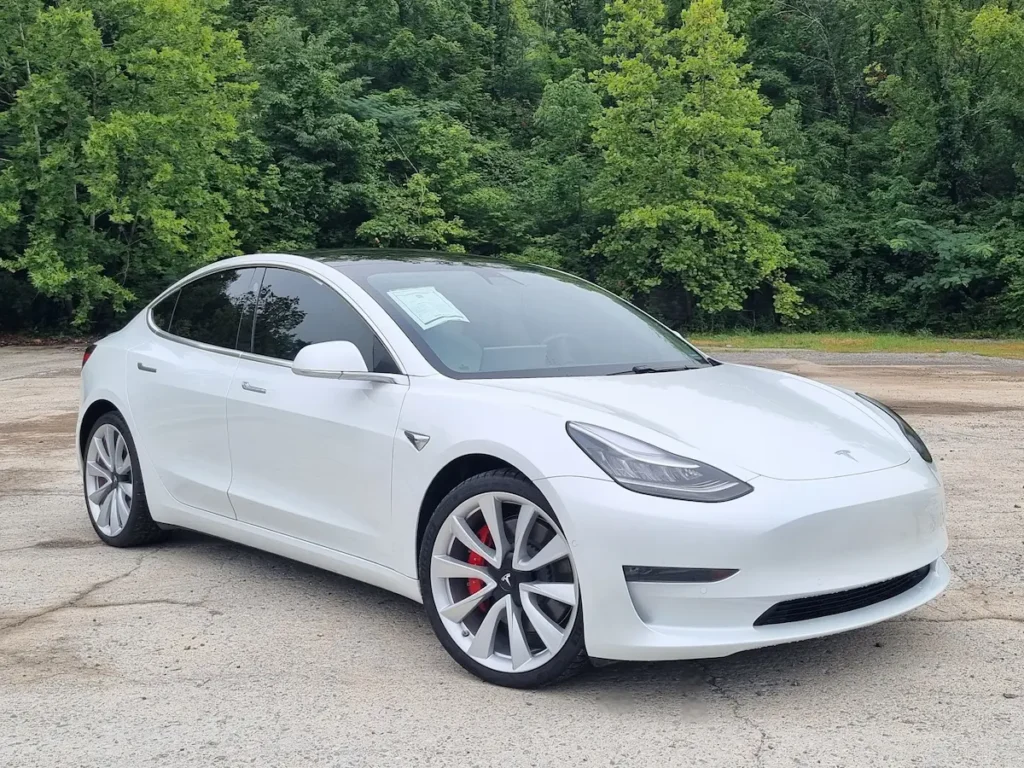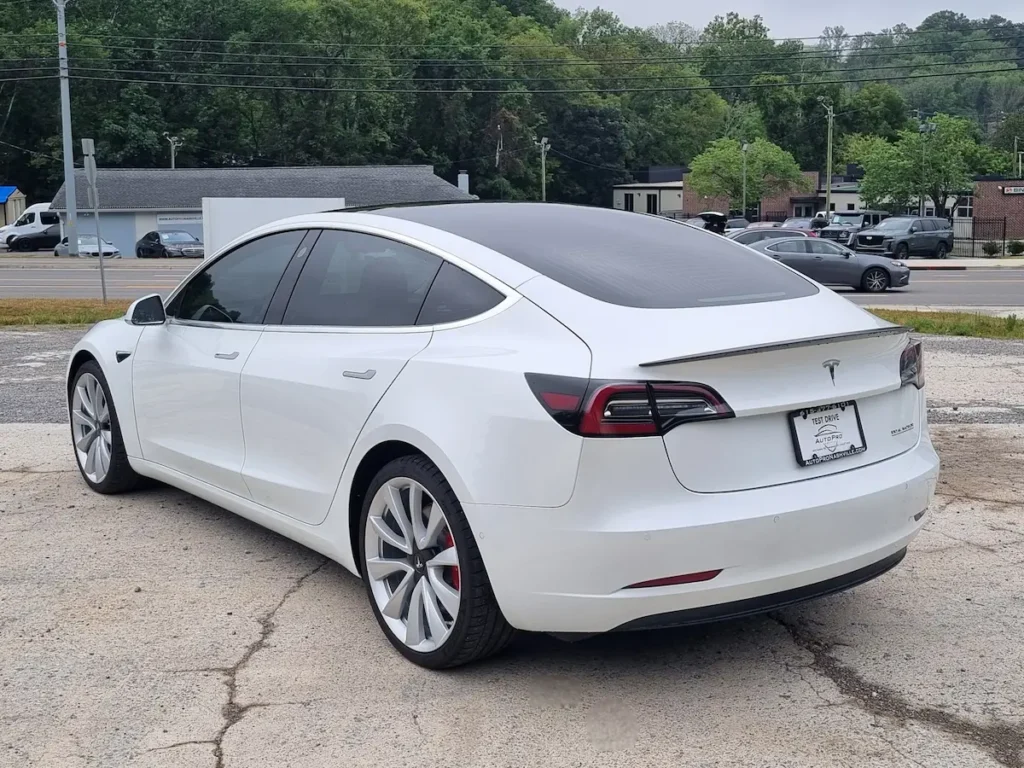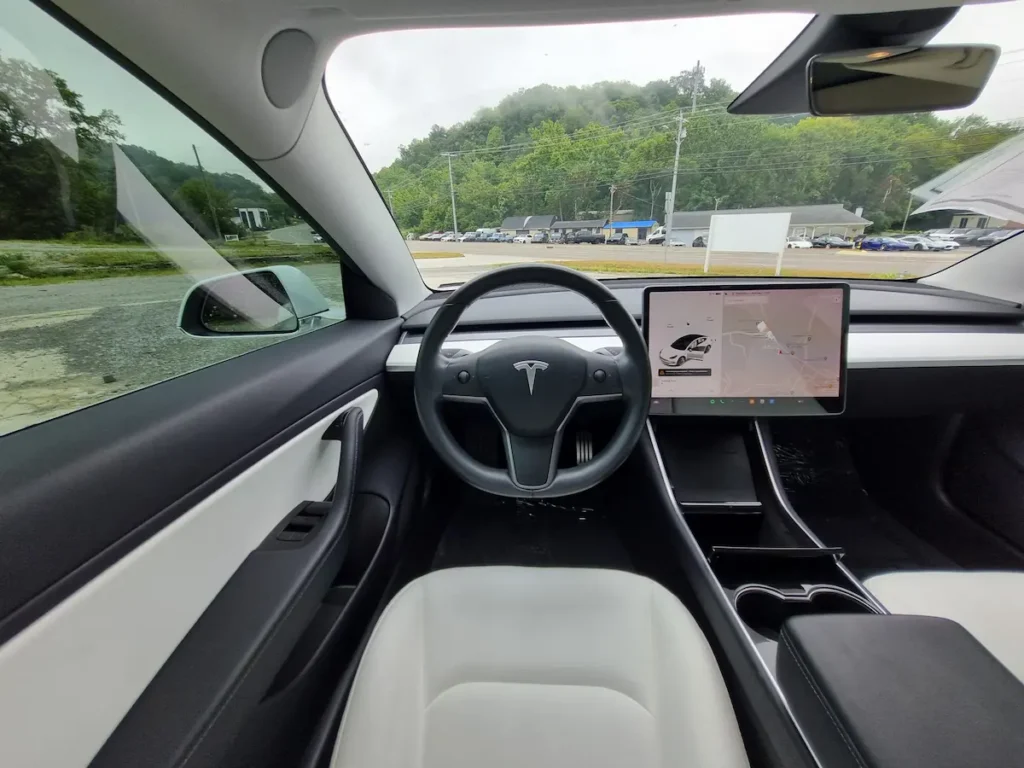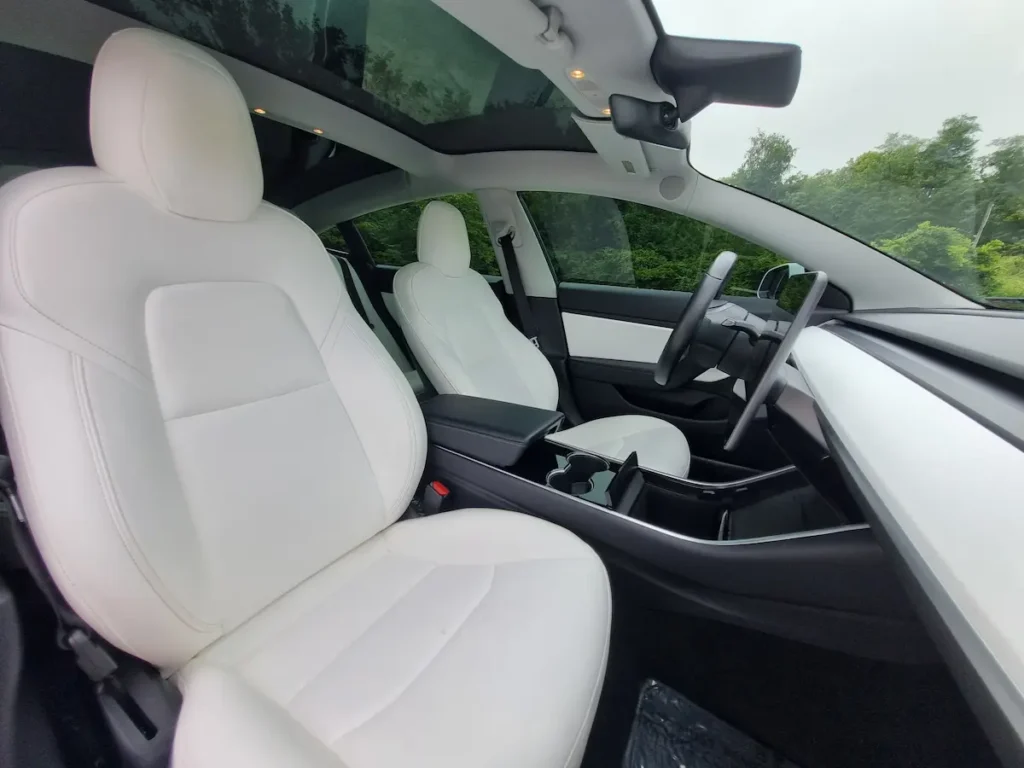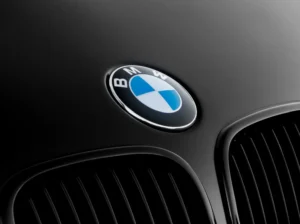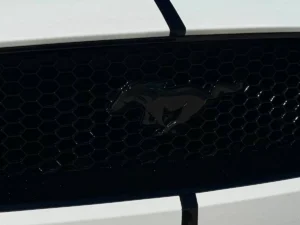Used Tesla Model 3 Guide 2025–2026: Reliability, Trims & Real-World Tips
The Tesla Model 3 didn’t just popularize electric cars — it made them desirable. Since its debut in 2017, it’s evolved from a tech experiment into one of the most balanced sedans on the road. With quick acceleration, long range, and continuous software updates, the Model 3 blurred the line between car and computer.
Now that several model years are available secondhand, the used Tesla Model 3 has become a practical entry point into EV ownership. But before you buy one, it’s worth understanding how the car has changed over the years, what common issues to check for, and which versions offer the best long-term value.
This guide covers all of that — no hype, no jargon — just the information you actually need before buying a used Model 3.
Model History & Evolution
The Tesla Model 3 debuted in 2017, fulfilling Elon Musk’s goal of delivering an affordable, all-electric sedan for the mass market. It quickly became a symbol of the EV revolution — quick, minimalist, and software-driven — and set new expectations for how electric cars should feel.
- 2017–2019: The first-generation Model 3 launched with Standard, Long Range, and Performance trims. These early cars established Tesla’s reputation for thrilling acceleration and long-range usability, though early build quality was mixed.
- 2020–2022: Tesla improved range, build consistency, and efficiency. The introduction of the heat pump (from 2021 onward) boosted cold-weather performance, while faster Supercharging (up to 250 kW) became standard. Cabin materials and noise insulation also improved.
- 2023: The final year of the original body style — often called the “pre-Highland” Model 3 — retained the familiar design but benefited from subtle refinements and mature software.
- 2024–2025 (“Highland” Refresh): A significant update brought redesigned headlights and taillights, improved aerodynamics, a quieter ride, and upgraded materials. The controversial removal of turn-signal stalks and simplified controls marked a shift toward minimalist design.
What’s new for 2026 vs 2025
The 2026 Tesla Model 3 focuses on thoughtful refinements rather than a full redesign. A new Standard trim lowers the entry price with a simpler interior, while the former Long Range versions are now branded as Premium, available in both RWD and AWD. The Standard RWD delivers an EPA-estimated 321 miles of range (303 on 19-inch wheels) and supports 225 kW DC fast charging, while Premium and Performance models retain 250 kW speeds and up to 363 miles of range. Tesla also improved cabin insulation, materials, and — after owner feedback — restored traditional turn-signal stalks across all trims.
To learn more about Tesla’s lineup and how the Model 3 fits into it, explore our Guide to Tesla Cars for a full overview of the brand’s evolution and key models.
Specs, Trims, and Real-World Features (2026 Model 3)
Before diving into used models, it’s worth understanding the latest 2026 Tesla Model 3, since it sets the benchmark for what’s currently on the market. Knowing its specs and updates helps you compare features, performance, and pricing across earlier years — and spot real value when shopping used.
Here’s a detailed look at the trims, performance, interior, tech, and design — what you’ll actually experience behind the wheel.
Trim Line-up & Performance
For 2026 you’ll typically see: Standard (RWD), Premium RWD, Premium AWD, and Performance AWD.
Here are approximate numbers:
| Trim | Drivetrain | 0–60 mph* | EPA Range (est) | Top Speed* |
|---|---|---|---|---|
| Standard RWD | Single motor, RWD | ~5.8 sec | 321 miles (18”) / 303 miles (19”) | ~125 mph (est) |
| Premium RWD | Single motor, RWD | ~4.9 sec | 363 miles (18”) | ~130 mph (est) |
| Premium AWD | Dual motor, AWD | ~4.2 sec | ~346 miles (est) | ~140 mph (est) |
| Performance AWD | Dual motor, AWD – sport version | ~2.9 sec | ~309 miles (est) | ~163 mph (est) |
*Tesla doesn’t always publish every spec, so some numbers are approximations.
Real-World impressions:
- The Standard trim may sacrifice some luxury features, but it still delivers very credible performance and usable range for everyday driving.
- The Premium AWD/Performance trims give you both serious performance and long-distance usability.
- Ride and handling: Thanks to the under-floor battery and refined suspension tuning, even the non-Performance trims feel engaging. Tesla’s ongoing tweaks improve comfort and quietness.
Battery, Charging & Range Reality
- The 2026 Tesla Model 3 continues with highly efficient battery packs and faster-charging capability than most EVs in its class.
- The Standard RWD delivers an EPA-estimated 321 miles of range on 18-inch wheels (or 303 miles with 19-inch wheels), while the Premium RWD stretches to about 363 miles.
- Charging performance: Standard models peak at 225 kW, while Premium and Performance trims support 250 kW DC fast charging — capable of recovering roughly 175 miles in about 15 minutes under ideal conditions.
- Real-world range: Expect 90–95 % of EPA ratings depending on weather, terrain, and driving style. Using climate control or driving at sustained highway speeds will reduce range slightly.
- Maintenance advantage: Like other Teslas, the Model 3 requires very little routine maintenance — no oil changes, timing belts, or transmission service. Still, check tires, suspension components, and battery cooling system periodically to ensure long-term efficiency.
Interior & Comfort
- The 2026 Model 3 refines the Highland interior with better sound insulation, higher-grade materials, and the return of physical turn-signal stalks for improved ergonomics.
- Seating: Premium and Performance trims include heated and ventilated front seats, while the Standard trim keeps manual adjustments and simpler upholstery. Rear seats are supportive but remain slightly low to the floor due to the battery pack.
- Materials: All models use vegan-friendly upholstery; higher trims feature soft-touch panels and ambient lighting, while the Standard trim uses simplified finishes to keep costs down.
- Infotainment & screens: Every Model 3 retains the large 15.4-inch center display; Premium and above add a rear 8-inch touchscreen for climate and entertainment.
- Cargo & practicality: Between the rear trunk and front “frunk,” storage remains generous for a compact sedan.
- Ride quality & noise: Cabin refinement continues to improve — 2026 models are notably quieter than earlier years thanks to upgraded glass and better door seals.
Technology & Features
- Every trim includes core Autopilot functions (adaptive cruise, lane keeping). Upgrades like Enhanced Autopilot and Full Self-Driving Capability remain optional software features.
- Over-the-air (OTA) updates continue to be one of Tesla’s biggest advantages — even used buyers can receive new features and performance improvements without visiting a service center.
- Connectivity & entertainment: Built-in apps for music, video streaming, and navigation remain standard; no Apple CarPlay or Android Auto integration.
- Safety: The Model 3 maintains top crash-test ratings, using its low center of gravity and rigid structure for exceptional occupant protection.
- A notable 2026 change is the return of physical stalks for turn signals and gear selection — a small update that makes daily driving more intuitive.
Design & Exterior
- The 2026 Model 3 carries forward the Highland design with subtle tweaks for improved aerodynamics and refinement, rather than a full redesign.
- Wheel choices include 18-inch Aero, 19-inch Sport, and optional 20-inch Performance wheels; larger wheels slightly reduce range.
- Exterior lighting, front fascia, and mirror design remain consistent with the 2025 model, though some trims get updated finishes and new color options.
- Used-car shoppers should verify wheel type, color option, and exterior condition, as these can influence range and resale value.
Which Trim Is Best for You?
- If you’re after maximum value, the Standard RWD 2026 Model-3 is a fantastic entry with strong EV credentials.
- If you want best all-round performance and range, the Premium AWD or even Performance trims are excellent.
- If budget and long-term cost are major considerations, pick a well-equipped Premium RWD or AWD used car with good options rather than the ultra-top Performance, unless you want thrills.
For another balanced perspective, check out Car and Driver’s Tesla Model 3 Review.
Buying Guide & Competitive Analysis
Buying a Tesla Model 3 isn’t just about chasing the latest model year — it’s about finding the sweet spot between performance, price, and proven reliability. Each generation refined the formula, and knowing those differences can help you buy smarter and avoid surprises.
From Brand-New to Pre-Owned: When Future Tech Meets Today’s Used Market
The 2026 Model 3 may headline the EV conversation right now, but there aren’t any used ones yet. Fortunately, the 2023–2025 versions share nearly identical DNA — cutting-edge range, minimalist design, and Tesla’s signature instant torque — and they’re finally entering their value window.
In other words, you can enjoy the same tech-driven experience and still let someone else absorb the initial depreciation.
Model Year Overview: 2023 → 2026
| Year | Highlights | What Changed | Best For |
|---|---|---|---|
| 2023 | Pre-refresh model with classic styling and a raw, sporty drive. | Hardware 3.0 Autopilot, AMD infotainment chip, firmer suspension. | Budget-minded buyers who want Tesla performance under $28K. |
| 2024 (“Highland”) | Major refresh with quieter ride, new headlights, softer suspension. | Removed stalks, improved range, refined interior. | Those wanting modern looks and comfort in the $30K–$35K range. |
| 2025 | Polished version of Highland, smoother motors, better noise control. | Tweaked HVAC and materials; refined software. | “Like-new” shoppers around $35K–$40K. |
| 2026 | Adds new Standard and Premium trims, up to 360 mi range. | Minor design and material tweaks. | Too new for used market — keep an eye on future resale. |
Quick takeaway:
2023 = Best value
2024 = Best balance
2025 = Best refinement
2026 = Future pick
Used Tesla Model 3 Price Guide (as of late 2025)
| Trim | Typical Used Price Range* | Notes |
|---|---|---|
| Standard / RWD (LFP battery) | $25,000 – $32,000 | Efficient, great for city driving. |
| Long Range AWD | $32,000 – $40,000 | Best overall mix of speed, range, and comfort. |
| Performance AWD | $38,000 – $45,000 | Super-quick but higher tire/brake wear. |
*Prices vary by mileage, options, and battery health.
What to Check Before Buying
- Panel gaps & paint: Older (2023) builds may show mild inconsistencies.
- Battery health: Use a Tesla scan tool; degradation under 10% is normal.
- Suspension & cabin noise: Early refresh models (2024) sometimes squeak; later builds are quieter.
- Software version: Cars on outdated firmware might miss newer Autopilot features.
Maintenance is light — tire rotations and cabin filters are the main recurring costs — and most Model 3 drivetrains can exceed 300,000 miles.
Competitive Snapshot
| Model | Range (mi) | 0–60 mph | Character | Ownership Edge |
|---|---|---|---|---|
| Tesla Model 3 (2024–2025) | 270–341 | 3.1–5.8 s | Agile, high-tech | OTA updates, Supercharger access |
| Polestar 2 (2024) | 270–320 | 4.1–6.0 s | Solid, upscale feel | Excellent build quality |
| BMW i4 (M50) | 270–300 | 3.7–5.5 s | Plush, refined | Luxury interior, higher maintenance |
| Hyundai Ioniq 6 (2025) | 361 | 5.1–5.5 s | Smooth, quiet | 10-year battery warranty |
Verdict:
The Model 3 still delivers the best performance-to-price ratio and charging convenience. It’s not as plush as the BMW i4 or as softly sprung as the Ioniq 6, but it beats them in efficiency, software support, and resale strength — a combination few EVs can match.
Why Buying Used Still Makes Sense
Tesla’s over-the-air updates mean your car keeps evolving even after purchase — gaining new features, efficiency tweaks, and bug fixes. Combine that with minimal maintenance and slow battery degradation, and a 2024 or 2025 Model 3 remains one of the smartest luxury EV buys in today’s used market.
For more expert insight, check out Edmunds’ Used Tesla Model 3 Buying Guide for pricing trends and ownership tips.
Dealership Guidance: Choosing the Right Partner for Your Tesla Journey
Buying a Tesla isn’t quite like buying a traditional car — and that’s part of the appeal. Between software versions, Autopilot packages, battery chemistry, and charging hardware, you’re really shopping for both a car and a connected technology product.
That’s why the dealership experience matters. A strong seller doesn’t just show you clean paint and a fresh detail job — they help decode the tech. Look for dealerships that:
- Verify software and battery health reports so you know what features (like Full Self-Driving or Enhanced Autopilot) are actually active.
- Check Supercharger eligibility — some older cars may have lifetime charging perks that add real value.
- Offer transparent warranty coverage for EV-specific systems like batteries and drive units.
- Provide charging setup guidance, including home charger compatibility and adapter support.
- Have staff trained in EV financing and tax credit options, not just generic auto loans.
When you find a dealership that can explain a Tesla update log as confidently as they can discuss tire wear, you’ve found a good one.
AutoPro Nashville is exactly that kind of partner — combining high-end vehicle expertise with a deep understanding of electric-car ownership, from delivery to long-term service support.
Ready to take the next step? Check out the used Tesla Model 3 options available now at AutoPro Nashville.
Is the Tesla Model 3 reliable?
Generally, yes — the powertrain and battery are extremely durable. Most issues reported by owners relate to build quality (paint, trim, door alignment) rather than mechanical failures.
What are the most common problems with used Model 3s?
Early models (2018–2020) had minor body-panel misalignments, interior squeaks, and touchscreen reboots. Later cars (2023+) fixed most of these, but always inspect software version, tire wear, and suspension noise before buying.
How long does the battery last?
Most Model 3 packs retain 85–90 % of capacity after 150,000 miles. Tesla’s battery warranty covers 8 years or 100k–120k miles depending on trim.
What’s the best year to buy used?
The 2024 and 2025 “Highland” updates improved ride comfort, build quality, and efficiency — they’re currently the sweet spot between cost and refinement.
How much should I expect to pay for a used Tesla Model 3?
As of late 2025:
- RWD models: $25k–$32k
- Long Range AWD: $32k–$40k
- Performance: $38k–$45k
Prices depend on mileage, condition, and software features.
Are there maintenance costs I should plan for?
Mostly tires, wiper blades, and cabin filters. Expect around $400–$600 per year for routine upkeep — far lower than most gas sedans.

